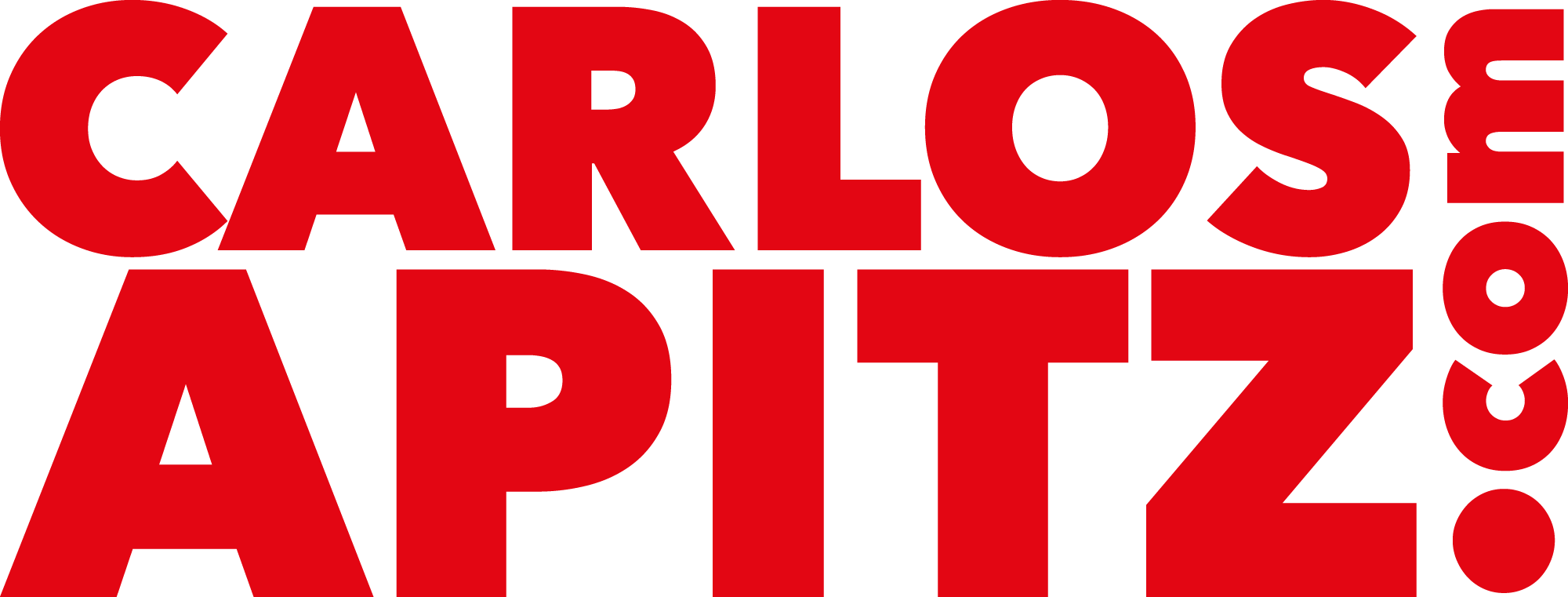
Online artist scams: how to protect your art and money
Online artist scams: common cases
If you sell your paintings or designs online from Florida or anywhere in the U.S., stay alert: online artist scams are getting more creative and harmful. The most recent scams include impersonating Etsy, fake PayPal emails, fraudulent purchases through social media, Zelle scams, and NFT or digital art fraud.
Many of us have received messages like: “I saw your work and loved it… I want to gift it to someone… I have $5,000 to buy your pieces…” or “I love your use of color and the effort you put into your work… do you sell NFTs?”
Sadly, artists and people over 50 are among the top targets for these online scammers. Victims often don’t report these incidents, sometimes out of embarrassment, or because recovering the money is extremely difficult. Most scammers operate from outside the U.S.
Scammers aren’t very original. Even if the message changes slightly, the way they try to steal your money is almost always the same. Below are the most common types of online scams.
🎨 Most common scams
1. Fake checks (“muse scam”)
They send you a check that initially appears to be credited by your bank. Then, they ask you to refund the overpaid amount. Days later, the check bounces, and you’re left owing money.
2. Nonexistent PayPal payments
You receive a fake email from “PayPal” with a screenshot saying you’ve been paid, but no payment shows up in your actual account. This is phishing: they want your data or to get you to pay fake fees.
3. Overpayment and refund
They offer to pay extra to cover shipping, then ask you to return the difference. The original payment? It never existed.
4. Social media and NFT scams
They message you on Instagram or Facebook praising your work, or offering to pay gas fees for an NFT. Once you pay or send files, they vanish.
5. Fake grants or contests
They pose as grant organizations or art contests, mimicking real institutions. They charge an entry fee or ask for personal data like SSNs or bank accounts. If you “win,” they’ll ask you to pay shipping. In the end, the grant or contest was a complete lie.
🛡️ How to Identify a Fake Email
Fake emails are very typical, and scammers seem to copy the same stories over and over again, but they have telltale signs that are easy to spot and raise your alarm.
- Verify that the sender’s domain is @paypal.com or @etsy.com. If they don’t end with those domains, they’re almost certainly fake. Be wary of .co, .ru, or strange subdomains like paypal.service.ru.
- Personal emails. Official communications from a bank, PayPal, Etsy, etc., are never sent from a personal email. Again… verify the username and email address.
- Emails should be images, not text. If the message you received is an image or screenshot… It’s fake.
- Don’t click on links with strange domains. You also shouldn’t open attachments.
- Don’t reply to emails with generic greetings. “Dear user” or “Hello PayPal member” is never legitimate; Real communication always uses your name or email address.
- Urgent or threatening: They tell you your account will be closed if you don’t act quickly. PayPal and other companies never handle this via automated emails.
- Always check your real account before acting. If the message is real, you should also have it in your PayPal, Etsy, or bank account inbox.
✅ Final Recommendations
Someone once told me: “When you think something is bad, you’re sure to be right.” If the message or offer is extremely tempting or beneficial to you… Be suspicious. Use common sense, draw on your experience, and follow these recommendations:
- Never send money to receive a payment, either by Zelle or cryptocurrency. Zelle doesn’t charge for receiving money.
- Don’t pay to create a wallet or to receive cryptocurrency payments.
- PayPal doesn’t ask for payment first before paying you later.
- Always ask for the buyer’s address and phone number, and if possible, call them.
- Be suspicious of phone numbers with country codes.
- Be suspicious if the name that appears in the text of the email or text message is the same as the user’s name, or if the domain is a corporate one.
- Don’t share verification codes or passwords.
- Don’t click on any links.
- If, after all this, you still want to respond, first check that the message is on your platform (PayPal, Etsy, etc.) or call your bank directly. Never respond directly from one of these emails.
- Report it as spam or a scam attempt on the platform where the message is arriving.
🧠 Conclusion
Online scammers take advantage of artists seeking recognition and the excitement these artists get from selling their work. As an artist and designer, I share the same excitement, but I’m also aware of the reality of living in a digital world where online scams abound. This has prevented me from falling victim to these frauds.
Finally, you have to remember that these types of fraud don’t only exist in the artistic field; they are also used in fake job offers, apartment rentals, sales of new and used products, and many other things. To avoid being a victim of a scam, you need to act with caution, common sense, and direct verification. This way, and with the advice I’ve given you, you can protect yourself.
I invite you to leave your opinion in the comments. Also, if you’ve been scammed, please share it. This can help others avoid falling victim to these scams.
































